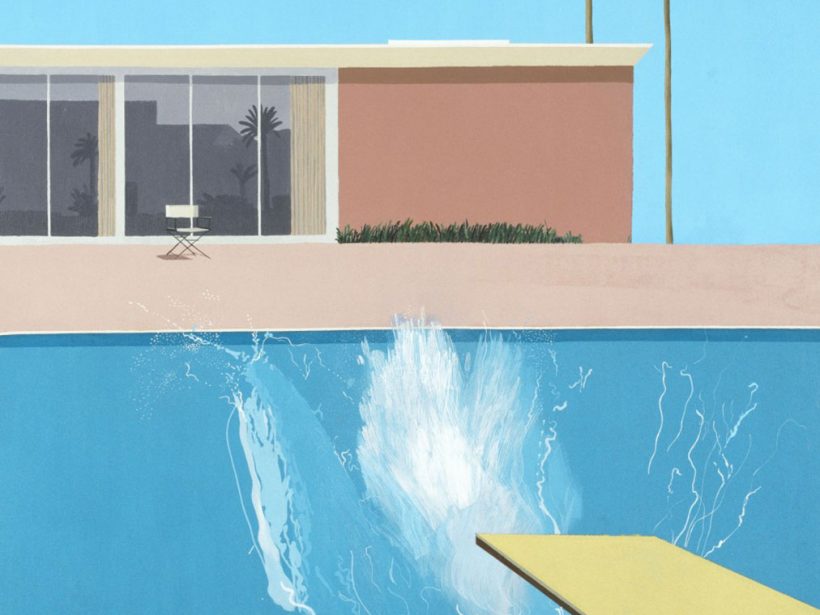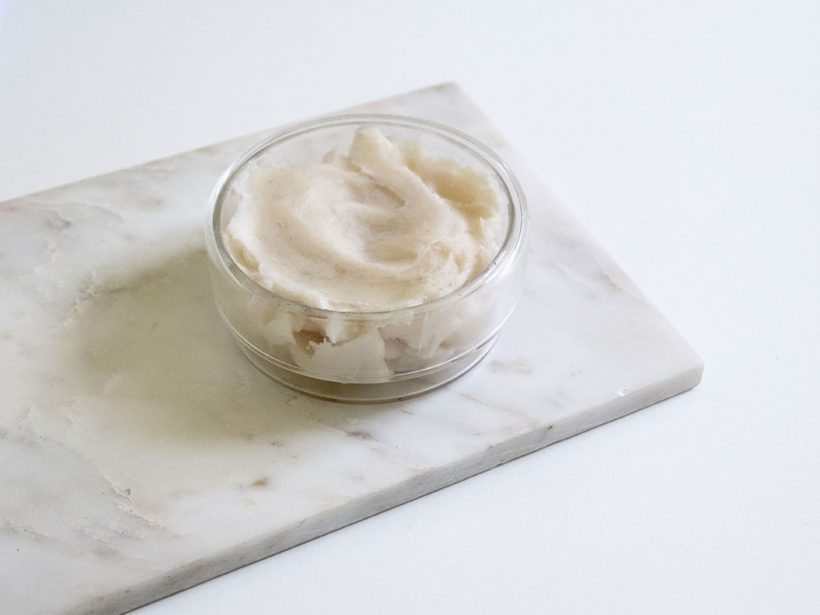There’s no doubt about it: David Hockney is one of the most popular artists of our time, widely-loved for his iconic paintings of LA pools, collaged Polaroid portraits and Yorkshire landscapes captured via iPhone, iPad and more. But how much do you really know about the British artist and his work? A good place to brush up your knowledge would be Tate Britain’s newly-opened retrospective, an exhibition showcasing almost 60 years of the artists’ work – from his lesser-known student paintings at the Royal College of Art, to the process behind his iPad drawings and everything in-between. The show runs from 8th February to 29th May 2017, but for now, here’s our preview of the best bits.

Hockney first found worldwide fame with his simple yet colourful canvases of sunny Californian scenes, thanks to their pleasing pastel hues, geometric forms and an insider look into the laid-back glamour of Hollywood life. We predict his poolside prints to be the most coveted buys in the gift shop.

Hockney saw traditional photography as one-dimensional, criticising the way photos are taken from a single viewpoint and only capture a fraction of time. “[It’s like] looking at the world from the point of view of a paralysed Cyclops,” he famously said. Hockney’s own photography challenged this by capturing various viewpoints as well as time and movement, often by using hundreds of Polaroids to construct one image. This example captures famous screenwriter Bill Wilder and his actress wife in LA.



